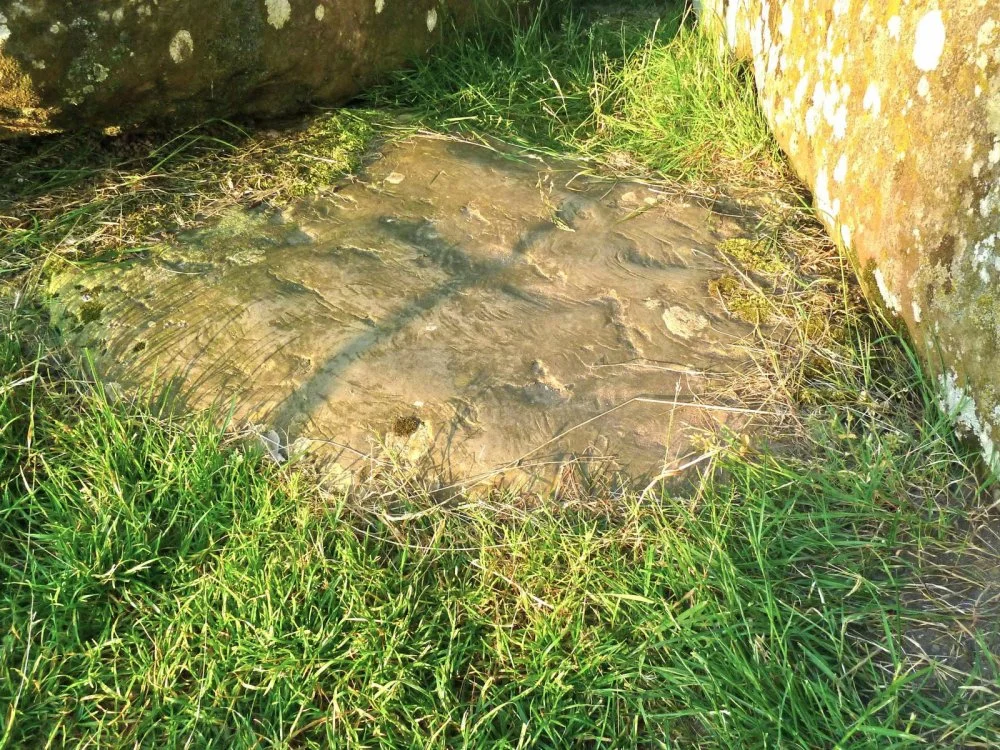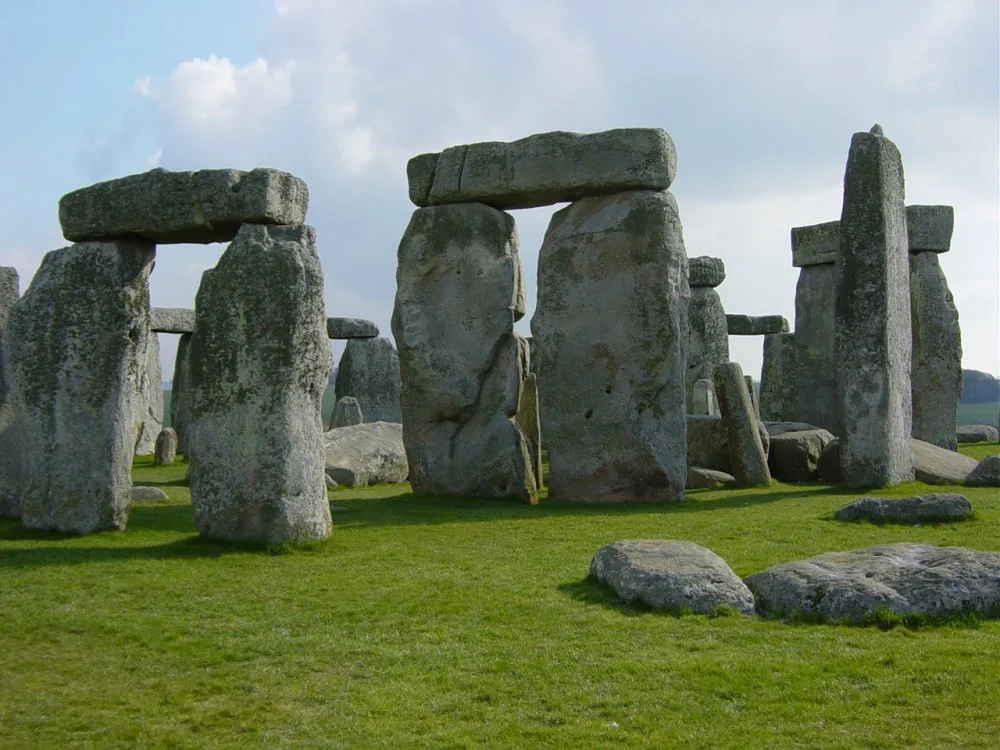
Stonehenge: An Aerial View/David Goddard/British Geographical/Getty Images
Stonehenge, a ritual structure in Great Britain, was built four and a half thousand years ago, but it still has important messages for humanity.
Surrounded by megaliths near the center of Stonehenge is the so-called “Altar Stone,” a six-ton boulder, two meters long, almost sunk into the ground. It is also traditionally referred to as “Stone 80” as it appears in the official technical descriptions of the structure. It is also known as the ‘bluestone’ because the texture and color of “Stone 80” is very different from most of the other stones at Stonehenge, and in fact it has a slightly bluish hue.

Stonehenge. Altar-Stone/Wikimedia Commons
And now, according to Sky News, it has been revealed where the stone came from. It turns out that it was brought from northern Scotland, from the Orcadian Basin — a rock deposit located more than 700 kilometers from Stonehenge. Geological analysis of this fact incontrovertibly confirmed: the types of minerals found in the stone, and traces of radioactive uranium in its crystals, which allowed to determine the dating, clearly indicate the origin of the pebble. By the way, its age is very respectable — 2 billion years old years.
In fact, Object 80 is not the only Stonehenge stone that is very different from the local rocks: several large stones have long been identified as “guests from the distant mountains.” But earlier scientists believed that these stones could have been brought to the south of England by a powerful glacier that once swept through the area.

Stonehenge/Wikimedia Commons
But now scientists who have studied the nature of the damage to the stone are inclined to say that it did not travel with the glacier. The stone was brought here during the construction of Stonehenge; people brought it here. Most likely on rafts. And that changes our view of the history of Britain as a whole.
“Transporting such massive cargo overland from Scotland to southern England,” says study co-author Professor Chris Kirkland from Curtin University (Australia), “would have been extremely challenging, indicating a likely marine shipping route along the coast of Britain. This implies long-distance trade networks and a higher level of societal organisation than is widely understood to have existed during the Neolithic period in Britain.”